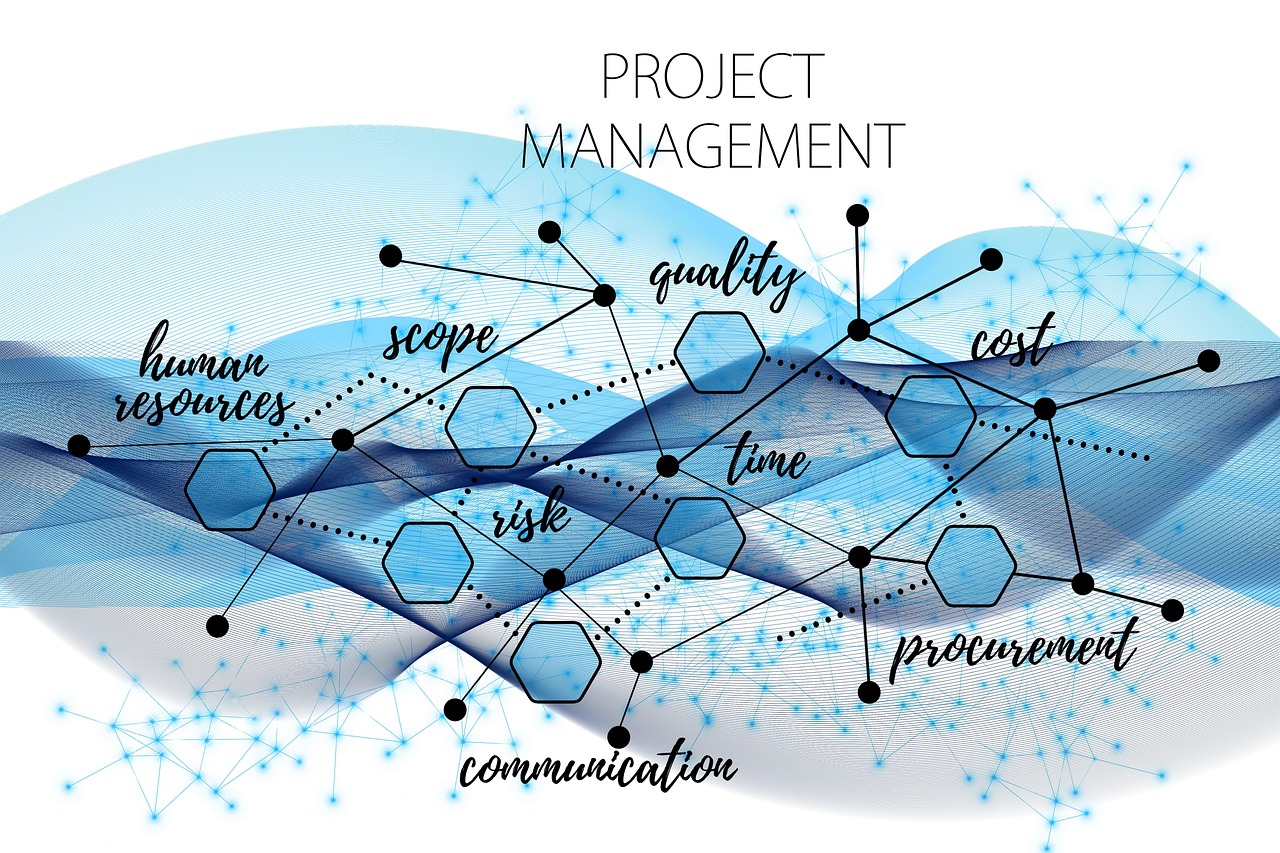In today’s digital world, one thing is certain: cyber threats are everywhere. From ransomware attacks to data breaches, businesses of all sizes are facing growing risks. And with current cybersecurity issues evolving faster than ever, having the best cybersecurity software in place is no longer optional; it’s essential.
But with so many tools out there, how do you choose the right one? Let’s break down 10 of the leading cybersecurity software solutions for 2025, with honest pros, cons, and what makes each one worth considering.
1. CrowdStrike Falcon
CrowdStrike remains one of the most trusted names in cybersecurity, and for good reason. Its cloud-native Falcon platform provides AI-powered threat detection, endpoint protection, and real-time response.
Pros:
- Excellent at detecting and stopping attacks before they happen
- Lightweight agent that doesn’t slow down devices
- Real-time visibility into threats
Cons:
- Can be pricey, especially for small businesses
- May require skilled admins to fully leverage its features
2. SentinelOne Singularity
SentinelOne’s platform combines AI, machine learning, and automation to stop cyber attacks fast. It’s especially strong in autonomous threat resolution, making it a top pick for lean IT teams.
Pros:
- Automated threat detection and response
- Great for ransomware prevention
- Easy to deploy across endpoints
Cons:
- Reporting features could be more customizable
- Pricing can be complex, depending on the plan
3. Palo Alto Networks Cortex XDR
If you want an all-in-one security solution, Palo Alto’s Cortex XDR integrates detection, investigation, and response across your entire ecosystem.
Pros:
- Comprehensive visibility across endpoints, networks, and cloud
- Strong analytics for investigating threats
- Trusted by large enterprises
Cons:
- Can be overwhelming for smaller teams
- Requires time to fully set up and configure
4. Bitdefender GravityZone
For those looking for powerful endpoint protection without breaking the bank, Bitdefender delivers. GravityZone offers antivirus, anti-malware, and ransomware defense in a single platform.
Pros:
- Affordable and scalable
- Strong ransomware defense
- Easy-to-use dashboard
Cons:
- Some features locked behind higher-tier plans
- Reporting is functional but not fancy
5. Microsoft Defender for Endpoint
Don’t overlook Microsoft — Defender, which has evolved far beyond basic antivirus. It’s now a serious contender in cybersec with integration across Windows, Office, and Azure.
Pros:
- Seamless integration if you’re already using Microsoft tools
- Built-in to Windows 10/11
- Solid threat detection
Cons:
- Mac and Linux protection isn’t as strong
- Advanced features require Microsoft E5 licensing
6. Sophos Intercept X
Sophos is known for blending traditional security with next-gen features like deep learning and exploit prevention. Intercept X is popular among mid-sized businesses.
Pros:
- Excellent malware and exploit protection
- Clean, easy-to-use interface
- Includes managed threat response (MTR) option
Cons:
- Can produce more false positives than some competitors
- Full functionality can get expensive
7. Trend Micro Apex One
Trend Micro’s Apex One is a strong contender for companies looking for advanced endpoint protection with layered defenses.
Pros:
- Strong fileless and ransomware attack prevention
- Good integration with other security tools
- Solid threat intelligence
Cons:
- Interface can feel dated
- Reporting features could be more user-friendly
8. McAfee MVISION Endpoint
McAfee’s MVISION brings together endpoint, cloud, and user security in a single platform, great for businesses wanting centralized control.
Pros:
- Unified management across endpoints and cloud
- Strong web and device control features
- Good for compliance needs
Cons:
- Can be resource-heavy
- Learning curve for the admin console
9. ESET PROTECT
ESET has long been known for reliable, no-nonsense antivirus. With PROTECT, they’ve stepped into the cybersecurity software big leagues, offering centralized management, advanced threat defense, and endpoint protection.
Pros:
- Lightweight and fast
- Great for SMBs with smaller IT teams
- Affordable pricing
Cons:
- Lacks some of the advanced analytics of pricier tools
- UI could feel a bit old-school
10. Check Point Harmony Endpoint
Check Point is a name that pops up often in current cyber security issues coverage, because their tools work. Harmony Endpoint provides advanced threat prevention across ransomware, phishing, and zero-day attacks.
Pros:
- Excellent at blocking ransomware and phishing
- Strong centralized management
- Integration with Check Point’s broader ecosystem
Cons:
- Setup can be time-consuming
- More expensive than some competitors
Choosing the Right Cybersecurity Software
Picking the best cybersecurity software isn’t just about buying what’s popular, it’s about matching the tool to your unique risks, business size, and tech stack.
- Small businesses might gravitate toward options like Bitdefender or ESET for affordability and simplicity.
- Larger enterprises could prefer Palo Alto or CrowdStrike for their advanced analytics and integrations.
If you’re heavily invested in Microsoft, Defender for Endpoint could be a natural fit.
The good news is that in 2025, there is no shortage of excellent tools to help protect you from the cyber attacks making headlines. The key is to stay proactive, keep up with cybersecurity current events, and make sure your software evolves along with the threats.
No matter what, remember: even the best software needs the right team, training, and processes behind it. And if you ever need help figuring out which cybersecurity software is the perfect fit for your business, Human Computing is here for you. Our experienced team specializes in making sense of today’s complex tech landscape, from selecting the right tools to guiding implementation and optimization. With a proven track record across diverse industries, we’re passionate about helping companies of all sizes stay secure, resilient, and ready for whatever the future throws their way. Let’s help you take the guesswork out of cyber defense.







